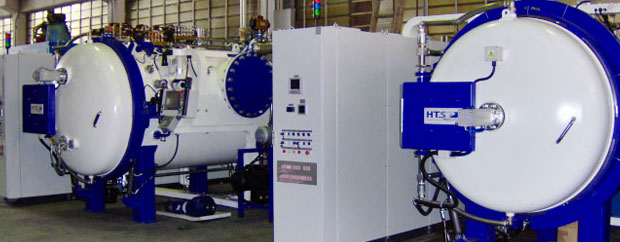
The best techniques for aluminum brazing are processes that provide for the technical implementation of the brazing process in vacuum atmosphere artificially induced or otherwise in a controlled one.
Specifically vacuum brazing fails to produce joints of superior quality to any other currently known brazing technique, the two processes differ mainly for the atmosphere in which the reaction takes place ( for brazing in extreme vacuum below the <10 – 6Torr ) and secondly for the support required.
In the case of brazing in controlled atmosphere are used non-oxidizing inert gas such as nitrogen , argon or helium, which minimize any oxidation reactions, it is also necessary to adequately prepare the pieces and use a continuous flux of gas during the process same in order to keep the environment stably adjusted, it follows clearly considerable use/waste gas despite the brazing process is relatively short.
In vacuum brazing the use of the gas stream should not be implemented because the surface as-is at the end of the process appears to be free from any contaminant , this removes any possibility of inventories that may become corrosive to the aluminum treated. In addition to these process differences there are also many other technical advantages that characterize the vacuum aluminum brazing as the best method for this kind of process, such as the thermal control of the furnace that guarantees a remarkable uniformity of heat in the treated (with a variance of 5 ° F as standard AMS 2750E ), this is a point of particular importance when considering the market that use the most vacuum brazing (note: the automotive, aviation and aerospace), in which the reliability and precision soldering are literally vital.




